Millennia before the rise of Mesopotamian cities to the south, the proto-city Çatalhöyük thrived in central Anatolia. Sprawled over 34 acres and home to as many as 8,000 people, it was the metropolis of its day. People lived in this community continuously for almost 2,000 years.
In their statement to the Anadolu Agency (AA), archaeologists said that they came across an interesting grave containing 7 individuals during the excavations last year.
During the studies carried out on human skeletons excavated on the floor of a house, a hole with a diameter of 2.5 centimeters was found on the skull bones of a young male individual.
Çatalhöyük Excavation head and Anadolu University Faculty Member Associate Professor Ali Umut Türkcan said in his statement;
There has been a settlement throughout 16 stratifications. It is a unique region in the world. It is a settlement where the culture progressed very slowly and was abandoned. Our work continues especially in the neighborhood we found on the long street next to the exhibition area, which we call 'northern Korugan'. We opened a new area towards the slope of the settlement. While opening that area, we found the second neighborhood.
We identified a large building in the new area. We concentrated the work on the building of approximately 80 square meters, with 5 chambers. Last year, we came across a grave covered with a vulture's claw in a house here. The anthropologists of the excavation made detailed examinations of the grave containing 7 individuals. A young man "The drilling process in the individual's skull caught our attention. In Çatalhöyük, we saw a clear example of trepanation for the first time.
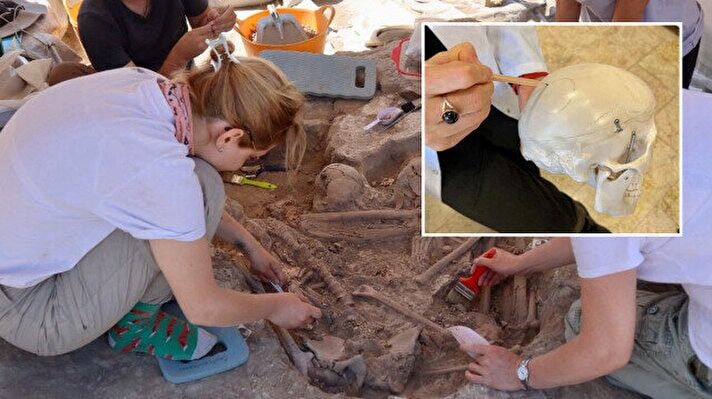
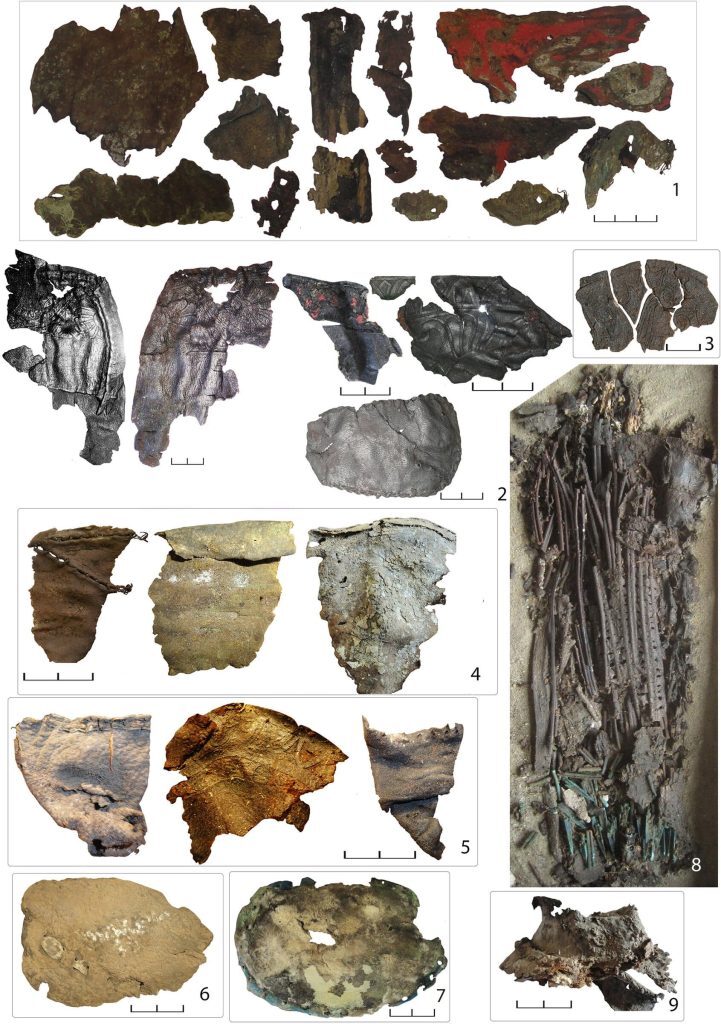




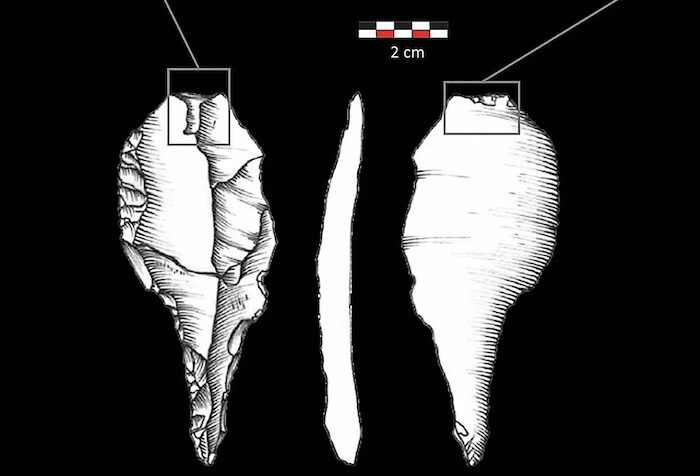
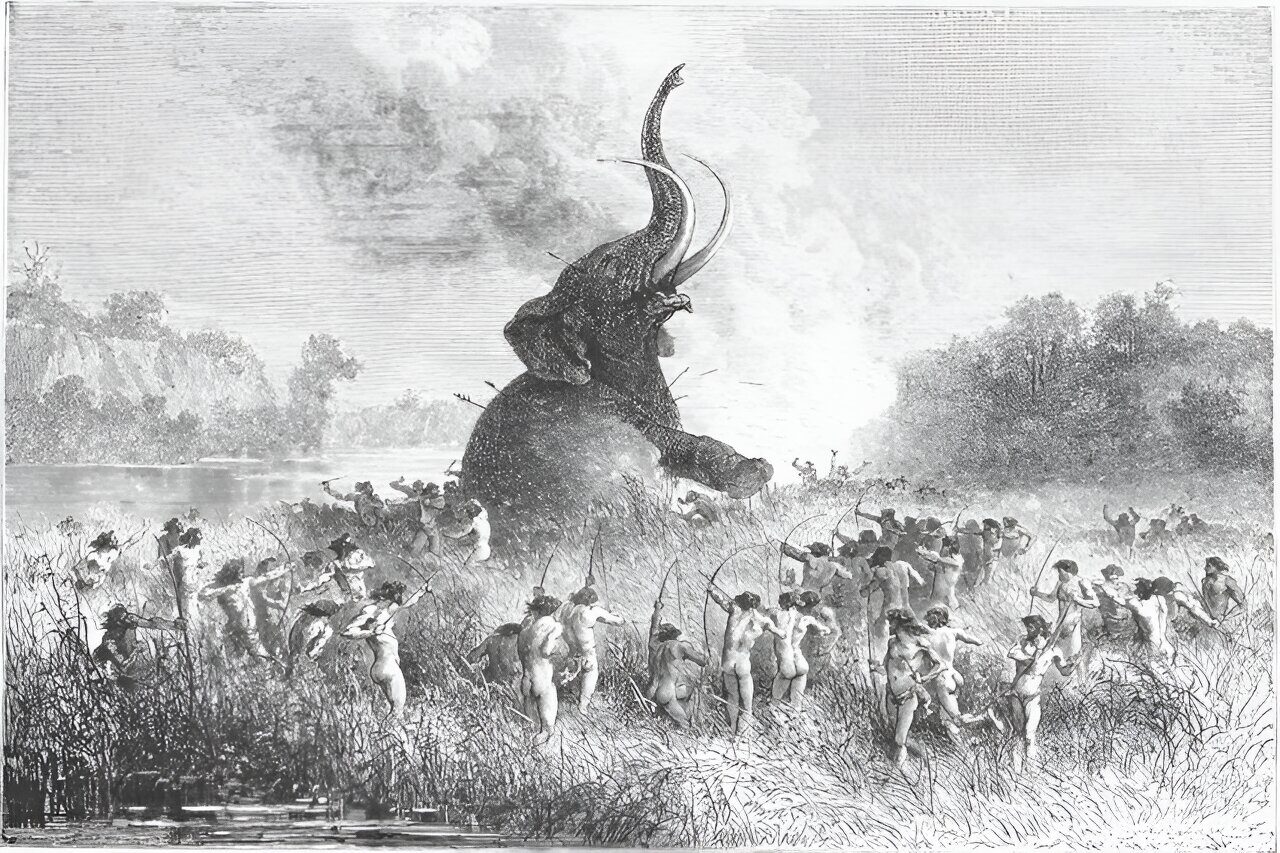
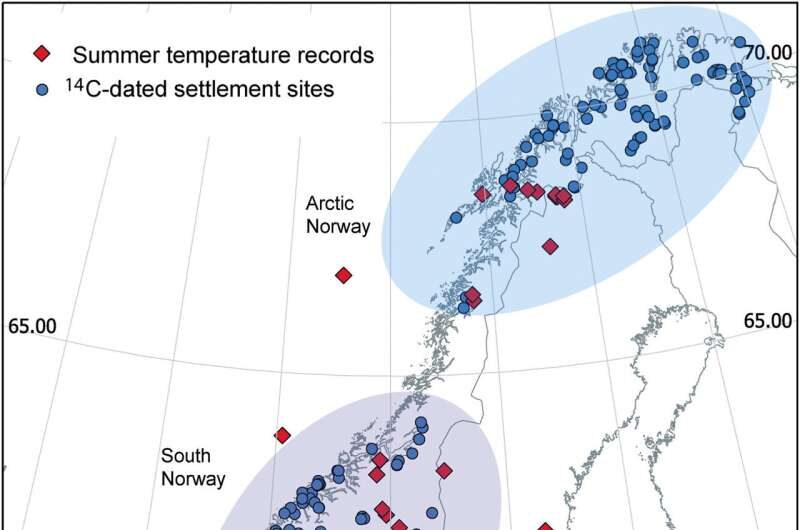
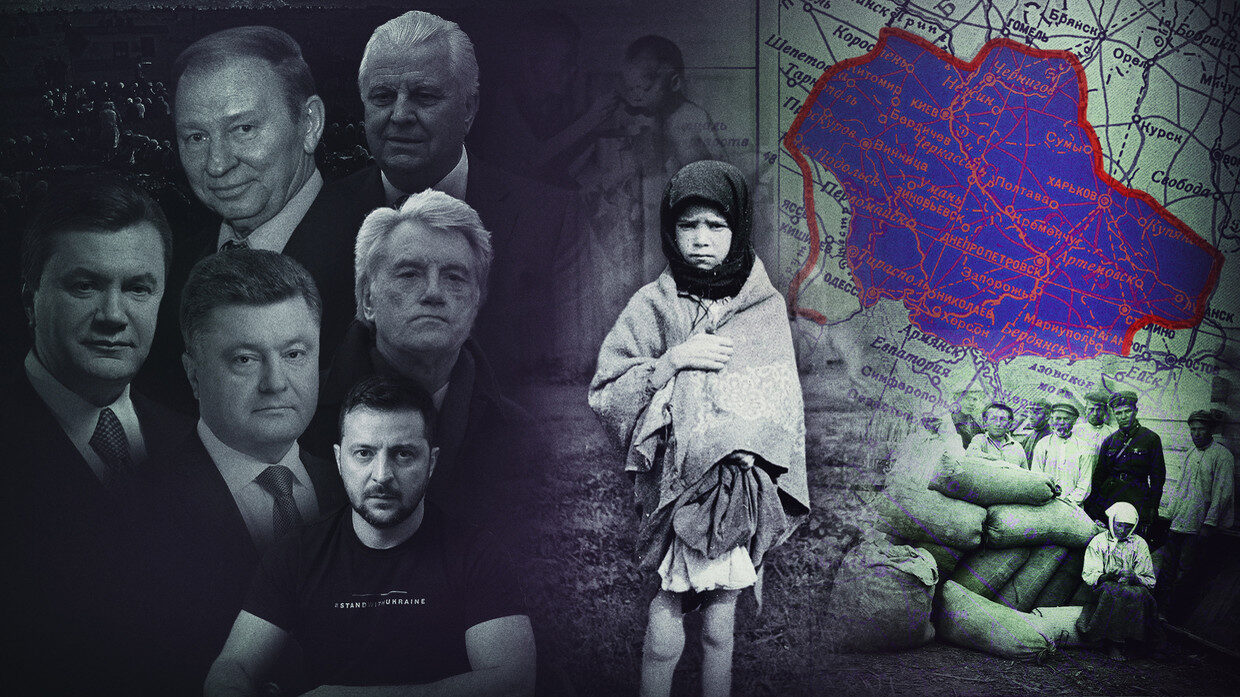



Comment: Recent discoveries have revealed extensive trade networks across vast swathes of the planet in the Bronze Age, and early Medieval Age, and which were previously thought to have been improbable.
At the same time, with regards to certain symbolism, there is data showing that it may have been inspired by people observing phenomena in the skies, and sometimes the slight differences to similar symbols has been shown to be due to the oberserver's geographic location and thus their vantage point: Depicting plasma? Ancient 'mantis-man' petroglyph discovered in Iran